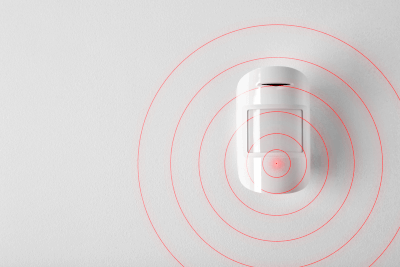What Is an Object Detection Sensor?

An object detection sensor is a device used to confirm the presence or absence of an object at a specific location. Detection methods include optical, mechanical contact, and ultrasound techniques. Optical sensors, such as photoelectric and fiber sensors, are the most commonly used, offering various types like through-beam, retro-reflective, diffuse-reflective, and narrow-angle reflective for different applications.
Uses of Object Detection Sensors
These sensors are widely used in Factory Automation (FA) machinery and robots, particularly for detecting the presence of parts in feeders or confirming the positioning of components. They are also used for monitoring actions like door opening and closing, extending beyond mere object presence detection.
Principle of Object Detection Sensors
Selection of the appropriate sensor type depends on the nature of the objects to be detected. For instance, photoelectric sensors vary in type: through-beam sensors are ideal for non-light-transmitting objects, while reflective sensors are used for objects that reflect light. Retro-reflective sensors are particularly effective for transparent objects, using a reflective plate to enhance detection accuracy.
Fiber sensors, requiring a separate amplifier, are well-suited for tight spaces. Laser sensors, known for their linearity and use of visible light lasers, excel in identifying detection positions and detecting narrow gaps. In situations where color differentiation is required, color sensors can be employed for specific object detection.